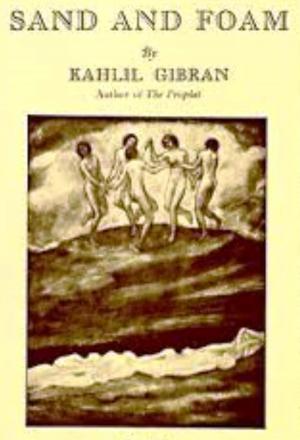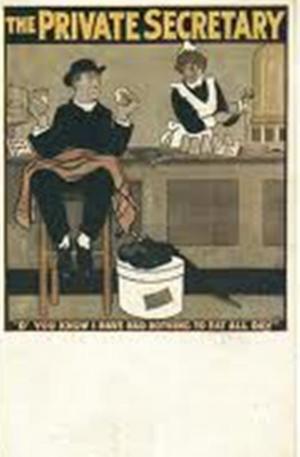| Author: | John Arthur Barry | ISBN: | 1230000140335 |
| Publisher: | WDS Publishing | Publication: | June 9, 2013 |
| Imprint: | Language: | English |
| Author: | John Arthur Barry |
| ISBN: | 1230000140335 |
| Publisher: | WDS Publishing |
| Publication: | June 9, 2013 |
| Imprint: | |
| Language: | English |
When, in 1850, Mr. Richard Green determined to build an English clipper that should compete with the American flyers then snatching the China trade from the grasp of English merchants, Aberdeen, and Greenock, and Glasgow were unthought of as candidates for a share in ship-building fame. "Dicky" Green's clippers were purely English—Blackwall from truck to keelson. Then Messrs. Jardine and Matheson chipped in with the Stornaway and the Cairngorm, built by Hall, of Aberdeen. But, apparently, for a long time nothing could he turned out by the builders of the United Kingdom to stand up to the wonderful fabrics that Donald M'Kay and other Americans were launching from the slips of Boston and Baltimore; to say nothing of the beautiful fabrics taking the water from New York, Portsmouth, and Philadelphia. Perhaps, actually, Greenock was the first to have a look in when the new departure from wood to iron arrived, with the Lord of the Isles, built by Scott in 1853. But such ships as the Flying Cloud, the Sovereign of the Seas, the Nightingale, the Lightning, and a score of other softwood clippers, took a tremendous lot of beating before victory eventually remained with the Red Ensign. Greenock and John M'Gunn gave us the first composite clipper-yacht in the Sir Lancelot, which ran the 14,000 miles home from Foo-Chow in 89 days, the best part of the distance against head winds. In Greenock, too, were born the Guinevere, the Min, and the Taeping. Dumbarton also was building ships, as witness the Cutty Sark. Aberdeen and Glasgow were apparently just biding their time.
When, in 1850, Mr. Richard Green determined to build an English clipper that should compete with the American flyers then snatching the China trade from the grasp of English merchants, Aberdeen, and Greenock, and Glasgow were unthought of as candidates for a share in ship-building fame. "Dicky" Green's clippers were purely English—Blackwall from truck to keelson. Then Messrs. Jardine and Matheson chipped in with the Stornaway and the Cairngorm, built by Hall, of Aberdeen. But, apparently, for a long time nothing could he turned out by the builders of the United Kingdom to stand up to the wonderful fabrics that Donald M'Kay and other Americans were launching from the slips of Boston and Baltimore; to say nothing of the beautiful fabrics taking the water from New York, Portsmouth, and Philadelphia. Perhaps, actually, Greenock was the first to have a look in when the new departure from wood to iron arrived, with the Lord of the Isles, built by Scott in 1853. But such ships as the Flying Cloud, the Sovereign of the Seas, the Nightingale, the Lightning, and a score of other softwood clippers, took a tremendous lot of beating before victory eventually remained with the Red Ensign. Greenock and John M'Gunn gave us the first composite clipper-yacht in the Sir Lancelot, which ran the 14,000 miles home from Foo-Chow in 89 days, the best part of the distance against head winds. In Greenock, too, were born the Guinevere, the Min, and the Taeping. Dumbarton also was building ships, as witness the Cutty Sark. Aberdeen and Glasgow were apparently just biding their time.















